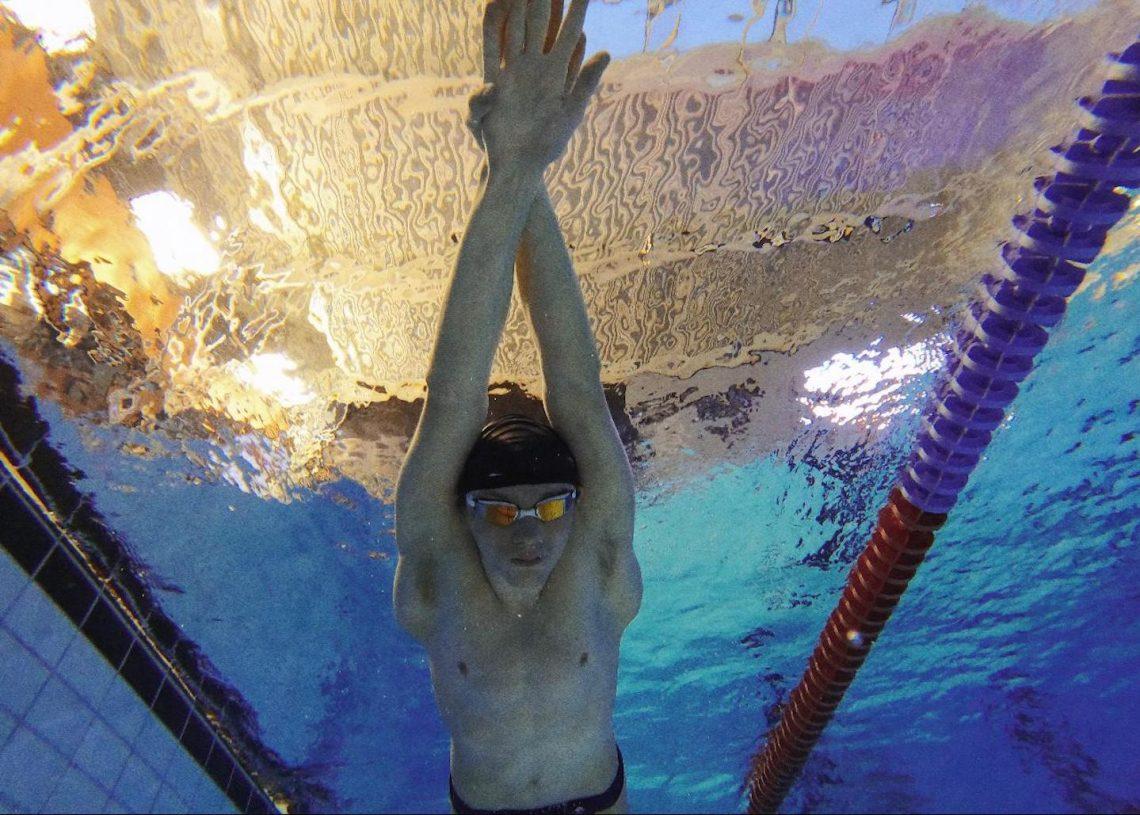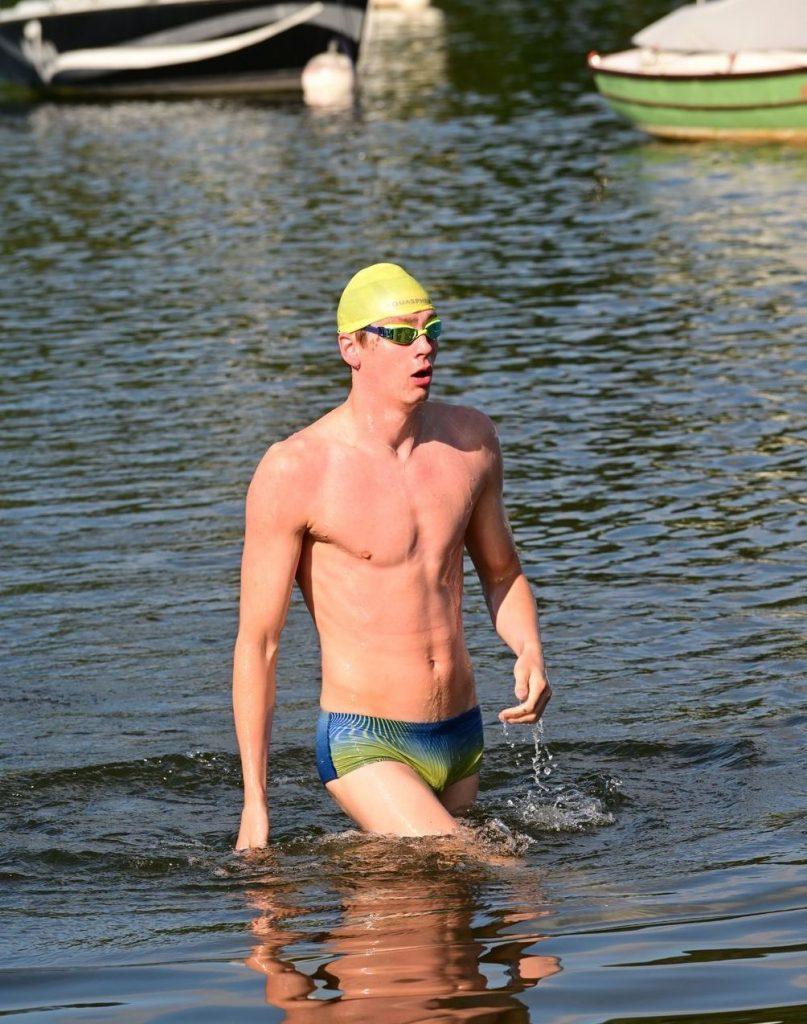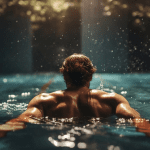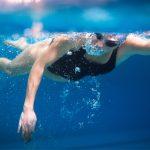
How I train: Hector Pardoe
Olympian swimmer Hector Pardoe gives us an insight into his training regime, including sprint technique and prepping for wetsuit racing
Hector Pardoe represented team GB in the 10km marathon swim at the Tokyo Olympics in 2021. He’s a regular swimmer on the World Aquatics open water circuit. In 2020, Hector won the FINA Olympic qualifying event in Setubal, Portugal. After taking a gap year to train in France after his A levels, he now studies at Loughborough University and is aiming to secure a spot at the Paris Olympics in 2024. We asked him about his training.
Hector, tell us about your training, and why you do most of it in the pool?

I do double swim sessions four days a week, a single session two days a week and I have one day off.
I currently swim about 80 to 85km per week and I also do two or three gym sessions each week. This morning, for example, I swam a quick 9km and then hit the gym, and I’ll swim again this evening.
We do nearly all our training in the pool for several reasons. It’s important to train in a controlled environment for consistency and to monitor progress. Because of the variability in open water, it would be harder to know if what we’re doing is effective. Also, I do a lot of my training with pool swimmers, which keeps me motivated.
The other factors are efficiency and water temperature. It just takes a lot more time to get to the lake, put on a wetsuit (and rinse and dry it after) and get home again, than hopping in the pool. And even with a wetsuit, the water temperature in the UK is only warm enough for comfortable long distance swimming for a few months in the year.
When do you practice open water skills?
The main goal of our training is to build the huge muscular endurance needed to swim for two hours at speed. Mostly, we hone our open water skills in races.
However, we do sometimes remove the lane ropes in the pool, put in marker buoys and swim circuits. On long training sets, we occasionally practice drafting and taking turns leading. Many races end in a sprint finish.
How do you prepare for that?
With difficulty! Once a week or so we might do some top end speed work. For example, we might do 6x50m straight arm front crawl at maximum effort with three minutes rest after each. Or we might
swim something like 6x1000m and follow that with some half-length sprints (i.e. 25m sprint, 25m easy).
However, it’s very hard to replicate those final few minutes of a race in training. You’re never as tired
in training as in a race, nor as motivated, and you always know there is more training to come. A race is often like a ladder, with the pace gradually increasing throughout. If you’re still there at the final sprint, it comes down to determination.
How do you prepare for a wetsuit race, and do your race tactics change?
I like to do a few swim sessions in my wetsuit in advance of race to get used to the feel. Swimming in a wetsuit means you don’t need to kick so much. It’s therefore good to scale that down to conserve energy. In a race, I find that the pack tends to bunch more closely in wetsuit-legal events as wetsuits seem to benefit the slower swimmers more. As a result, the races often end in a bunch sprint finish. The key to racing well is to manage your effort to save energy for the sprint and to position yourself well
in the pack.
Find out more about Hector, including his experience at the Tokyo Olympics and his thoughts on making
marathon swimming more exciting for spectators in our recent interview.
This article is from the Outdoor Swimmer Training Guide 2023.









